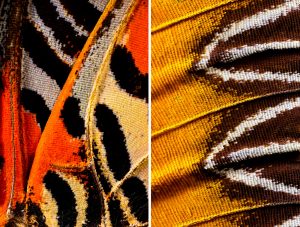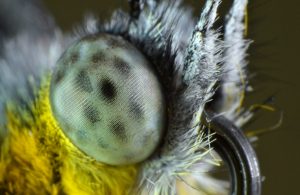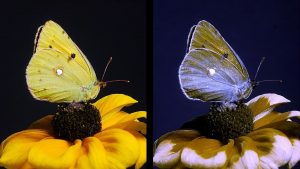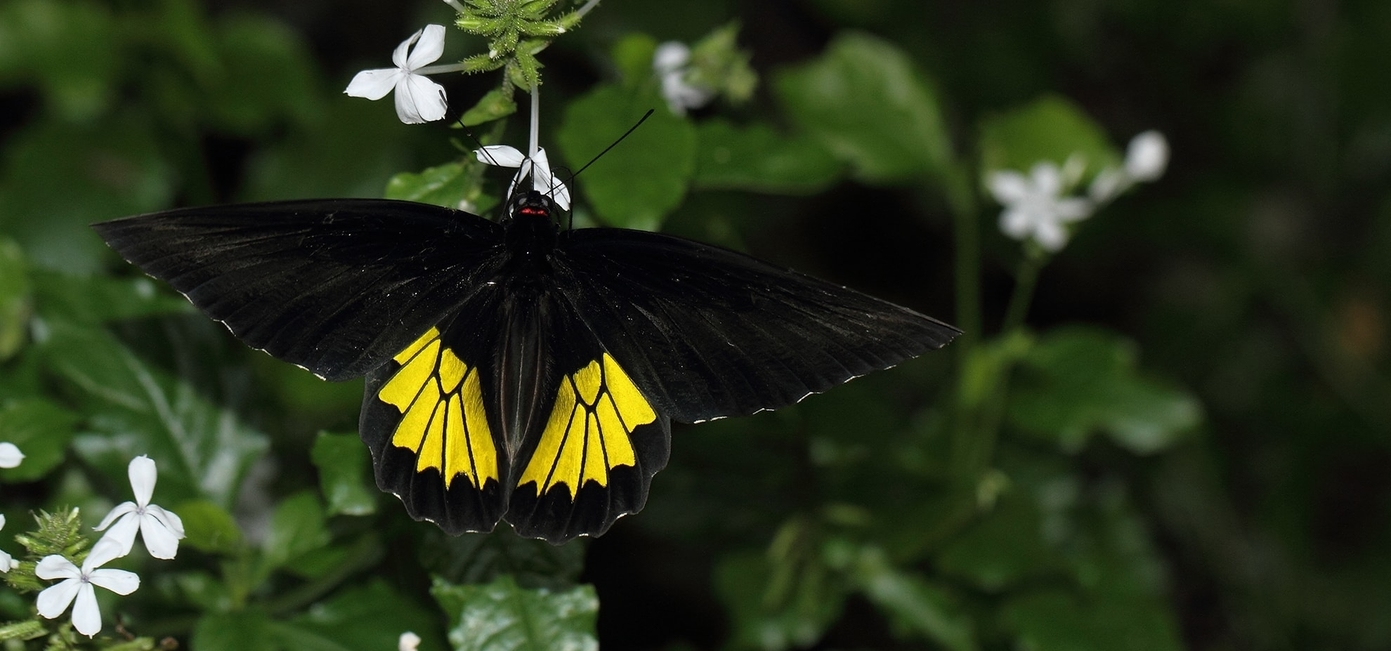Butterflies can be considered as a group of animals that are generally liked by many people. That is, unless you have lepidopterophobia (and yes, that’s a real thing).
Because of their bright colors and varied wing types, they have fascinated people for centuries. Ancient Greeks called butterflies “psyche” which translates to the soul. As a matter of fact, butterflies symbolize spirituality in many cultures. In the middle ages, they were thought to be fairies who steal butter and milk which later derived the term “butterfleoge” (maybe it is simply because the common yellow butterflies resemble butter-colored flies).
Around the 1800s butterfly collecting was a very popular hobby among the wealthy people who spent so much money on building huge collections in order to pursue their obsession. One of the best examples for this is Lionel Walter Rothschild in England who owned the largest zoological collection including 2.25 million butterflies. Yes, millions! After his passing, the collection was given to the Natural History Museum in London. However, butterfly collecting is illegal under FFPO in Sri Lanka now.
Recently Butterflying (cooler term for butterfly watching) has become a popular pastime in many parts of the world including Sri Lanka. Organizations like BCSSL (Butterfly Conservation Society of Sri Lanka, founded in 2012) promotes this idea by organizing monthly lectures, field visits, and workshops.
Butterflying can be done even at your home garden as many species visit home gardens for foraging, even though you are unaware of it. Observing and identifying them can be interesting once you get the hang of it. You can even share your observations through social platforms like iNaturalist which gives you satisfaction and at the same makes you a citizen scientist contributing to a vast database.
Before you start butterflying you need to know about butterflies. So, butterflies come under Kingdom: Animalia, Phylum: Arthropoda, Class: Insecta, and Order: Lepidoptera. In Lepidoptera, less than 5% of the species consist of butterflies. The rest are moths. Approximately there are about 18,000 butterfly species belonging to 6 families. Family Papilionidae, Family Pieridae, Family Nymphalidae, Family Lycaenidae, Family Riodinidae and Family Hesperiidae
Among these species 247 species inhabit Sri Lanka (Papilionidae- 15, Pieridae-28, Nymphalidae- 68, Lycaenidae- 85, Riodinidae- 1, Hesperiidae- 50). 26 are considered as endemic species. The featured image shows the Sri Lankan Birdwing, a butterfly in the family Papilionidae which is the largest butterfly seen in Sri Lanka and it is also considered the national butterfly.
The distribution of these species on the Island depends on the availability of the larval food plants. Since the distribution of these plants depends on various environmental factors the distribution of butterflies correlates with Topography and amount of rainfall. Looking at the climatic zones in Sri Lanka Dry zone and Intermediate zone host the highest number of butterflies. In the wet zone and Hill country, the diversity is high, but the abundance is low. Butterfly habitats can vary from home gardens, scrublands to dense forests.
Butterflies just like other insects consists of three body segments (head, thorax, and abdomen), six joint legs and 4 wings attached to the thorax and an exoskeleton made up of chitin. But unlike other insects lepidopterans have specialized scales on the wings which are arranged in an overlapping pattern. The coloration of the scales can be due to internal pigments or structural specializations on the surface of the scales.


Butterflies have an open circulatory system, a simple nervous system, and a tracheal system for respiration.
Butterflies have compound eyes that are made up of thousands of ommatidia which allows them to detect motion very well and allows them to see a wide spectrum of colors including ultraviolet (UV). This allows them to see interesting details on flowers which our eyes miss.


Since they are ectothermic like other insects maintaining the body temperature at an optimum temperature of 25-440c is done actively. They warm up the flight muscles by basking with wings outstretched in a sunny spot. When overheated it finds a shady area or folds its wings parallel to the sun’s rays.
A simple membrane act as an eardrum by detecting vibrations. And most species can detect odors through chemoreceptors located in their antennae. These are used in mating where a pheromone of a female is detected by a male in a distance.
Taste receptors are located on their Tarsi and on the tip of the proboscis and they have tactile setae over most of their body allowing them to stabilize their movements.
Butterflies fall under Holometabolans where complete metamorphosis occurs. During their life cycles, they pass through four distinct stages: egg, larva, pupa, and adult. Wing rudiments are kept in invagination of the body surface that is evaginated in larval pupal molt.
Adult butterflies show a wide variety of interesting strategies to avoid predation. Such as fast flight, camouflage/ Cryptic coloration, storing toxins thus becoming poisonous, mimicry, presence of eyespots, and having wings with vivid coloration in the underside.
Butterflies tend to show interesting behaviors as well. Such as migration, mud puddling, nectaring, and territoriality.
Due avoid unfavorable environmental conditions butterflies tend to migrate. Although this is called migration the individuals don’t return to their starting point thus it is not true migration. Since Sri Lanka is an island therefore migration to other countries is unlikely. Although internal migration is observed in more than 67 species. Mud puddling is practiced typically by male butterflies to acquire supplement nutrients such as salts, amino acids, and nitrogen they lost in mating.
Butterflies play a vital role when it comes to ecosystem functions. They aid in the evolution of plants due to their obligatory mutualistic interactions. They are sensitive to the environmental changes thus can act as bioindicators.
Butterflies are effective pollinators because they migrate to longer distances which allows better dispersal of pollens. Also, they can provide food for other organisms, for example; birds, reptiles amphibians. Butterflies can also be used as biological pest controls.
Lastly, butterflies enhance the aesthetic value of the environment by their intricate wing colors and designs.
But the populations of many butterflies are declining rapidly due to human activities, habitat destruction, uses of pesticides, invasion of alien invasive species and Global climate change. According to IUCN red list 2012 100 species (41%) are listed as threatened species (21 are critically endangered, 38 are endangered and 40 are vulnerable). A further 21 species are listed as Near Threatened. The status of 6 species was not analyzed because of a lack of data on their occurrence and distribution.
Butterfly gardening is a good practice from which one can contribute to the conservation of butterflies. Since you are stuck at home these days due to the Corona outbreak why not try it?!
Image Courtesies:
01.Featured image: by Himesh Dilruwan Jayasinghe (Founder and the first president of the Butterfly Conservation Society of Sri Lanka)
02.Image 01: www.sciencephoto.com
03.Image 02: https://bit.ly/35P9uqS
04.Image 03: https://bit.ly/3pNlx02
05.Image 04: https://bit.ly/2UPMOAs

